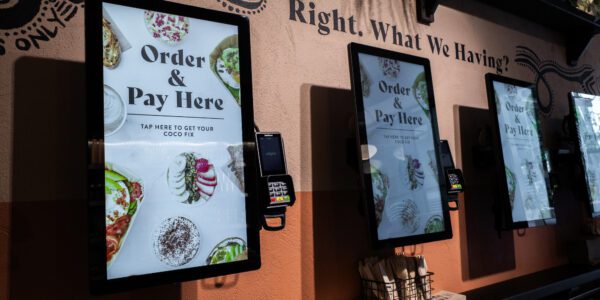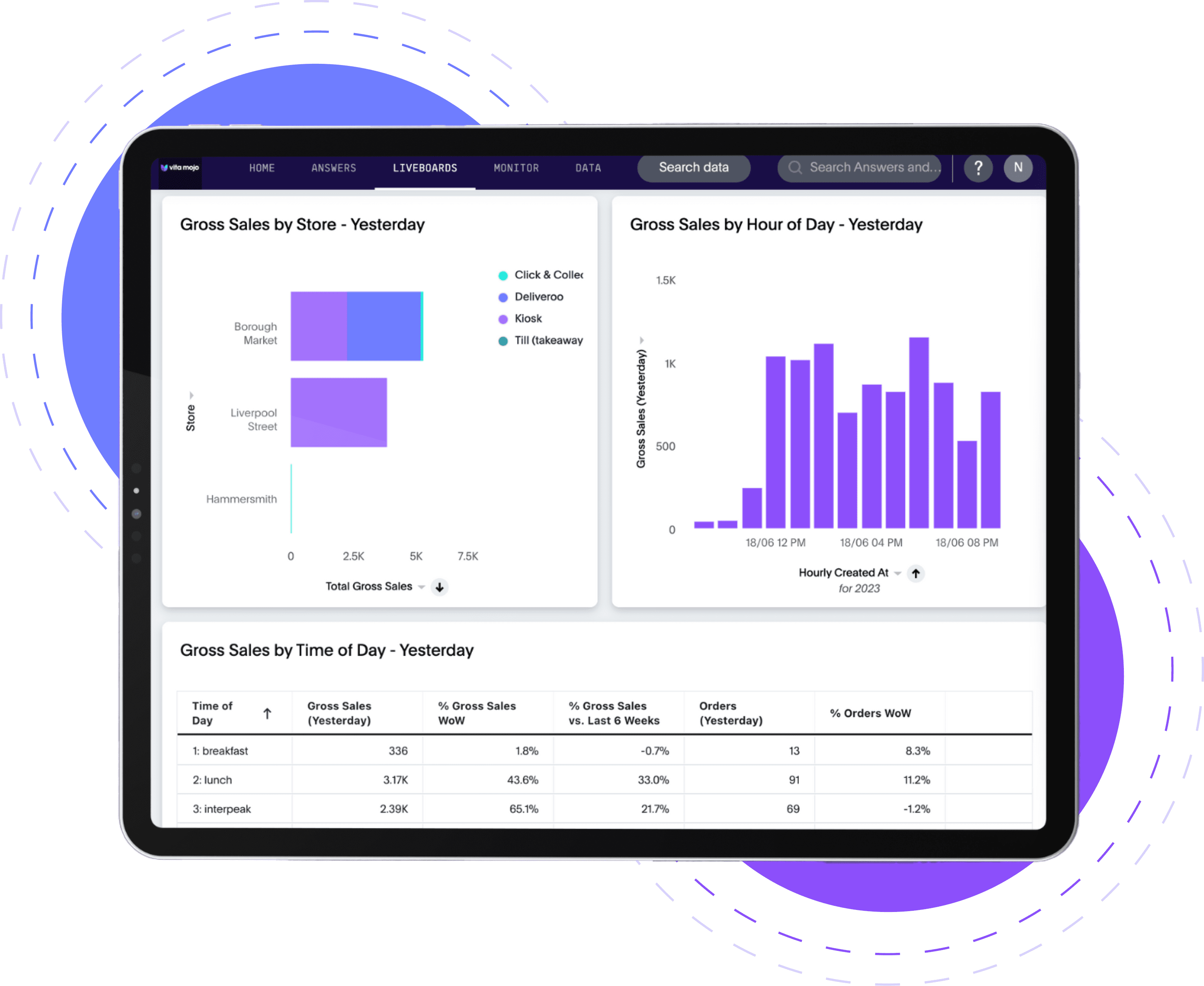7 incredible benefits of using self service kiosks in your restaurant
Self serve kiosks aren’t just for McDonalds any more. Discover the financial and operational benefits of kiosks and why they might be right for your restaurant.

Discover why the sunk cost fallacy can be so devastating to hospitality operations that want to grow (plus how to overcome the cycle)…
Have you ever justified sticking with what you have because you’ve already invested a great deal of time, money or effort?
If so, you may have made a common human logical mistake: the sunk cost fallacy.
And if this applies to the hospitality tech you use, it might be costing you more than you realise.
Join us as we break down what sunk cost means for hospitality, the effect it has on growth potential, and how operators can break the cycle.
The sunk cost fallacy can be best described as the mistake of ‘throwing good money after bad’ – in other words, staying with what you have because it was expensive instead of cutting your losses and investing in a stronger, more appropriate alternative.
When it comes to growing your hospitality brand, the results of continuing to invest in a system that doesn’t work are nothing short of disastrous.
Hospitality tech has been done the same way for a long time.
When building a tech stack, operators would find the best-in-class POS, and then build point solutions around this to manage all the other parts of the operation.
So with the POS in the middle, day-to-day operations would depend on a fragmented web of suppliers, platforms and solutions requiring complicated integrations between each one.
This used to be the only approach to tech there was, but things have changed.
There are now a number of different ways to build a tech stack, some of which use a single platform to manage the entire order process, eliminating the need for complicated integrations and fragmented operations.
But despite 67% of operators at larger brands feeling frustrated with the tech they use, many of them stick with it, hamstringing their operation’s ability to grow outside the limit of this old way.
Why?
The sunk cost fallacy.
POS has long been the centre of the hospitality universe.
From being the only way for customers to order way back when, to being the central cog in a tech stack made up of separate point solutions, the POS has maintained this central position through the decades.
Unlike many other industries, new approaches to tech have been a long time coming in hospitality.
So the industry has well and truely gotten used to the idea that the POS has to remain the central pillar of their tech build.
When your and your peers have been doing something the same way for years and years, it can be very hard to take the leap and try a new way. The feeling can be: we’ve been doing it this way for so long, it must have been for a good reason.
But if history has shown anything, it’s that forward-thinking and innovative brands that have broken free from the old way are the ones driving growth much faster than those stuck in the past.
Running a restaurant is expensive, and the tech that goes into it is no different.
If you’ve spent years building a tech stack made up of individual point solutions, you’ve probably spent a fair bit to get it to where it is today – if not you, then the predecessors who you’ve inherited the tech stack from.
With budgeting always under scrutiny from senior stakeholders (not to mention a board), shutting down a system that your business has already invested heavily can seem like a waste.
But continuing to pour money into a system that doesn’t work? That’s the waste.
Not only that – you’ll be cutting yourself off from increased revenue that new tech approaches unlock.
Money isn’t the only resource that running a tech stack demands.
Getting all these separate point solutions to work together successfully takes a lot of time and manual work.
Operators have spent hours and hours (and hours more) trying to do just this, working tirelessly to find continuous workarounds – even changing the operation and compromising so the business fits the tech, rather than the other way around.
Having dedicated so much time and effort to build a tech stack, it can be difficult to then leave that project behind, even when it’s not getting the results you want.
Operators don’t give up easily when faced with a problem, and there’s often a feeling that one more compromise, one more solution, will make it all work properly.
But some problems, no matter how much effort you’ve put into solving them, just don’t have a solution.
And continuing to invest your precious time into manually managing a fragmented tech stack is costing you and your business more than you think.

Forging ahead with the tech you’ve invested in for years might seem like the most sensible solution, but it’s actually holding your brand back from reaching its full potential.
Consider:

These are just some of the ways that staying with fragmented tech can affect your brand’s ability to grow: there are plenty more.
And it’s not just about how outdated tech is harming you, it’s about what new tech is gaining for your competitors, who might be racing ahead.
Escaping from the grips of sunk cost isn’t easy, but it’s possible.
Analysing your tech stack as it stands right now, and figuring out where inefficiencies lie, is a great step to get started.
Learning more about the different approaches out there – and success stories of brands who’ve taken them on – can make it easier to embrace the new way of doing hospitality tech.
Most importantly you need to find a tech provider who takes on the role of a partner – one who understands the challenges behind change, and who will fully support your brand on it’s digital transformation journey from day one.
And when you confidently break free from the sunken cost fallacy, you’ll quickly see how it was holding you – and your business – back from growth.
See how embracing the new way of doing things could free your operation from the challenges holding it back.
Self serve kiosks aren’t just for McDonalds any more. Discover the financial and operational benefits of kiosks and why they might be right for your restaurant.

Learn the benefits of centralising your hospitality data, and how easy-to-read, real-time reports will help you scale your business.

Innovating Hospitality: Lessons from the Retail Sector
